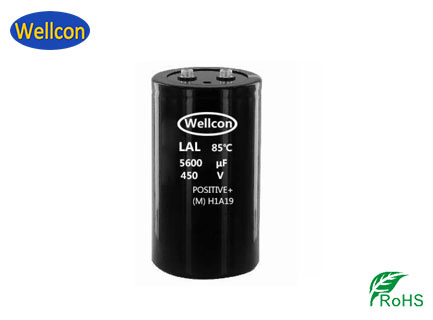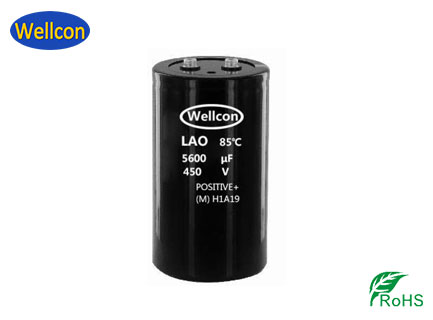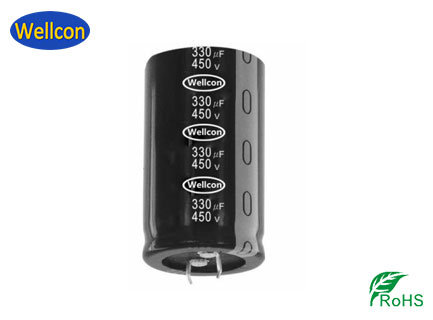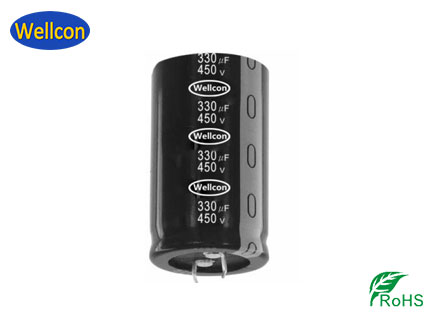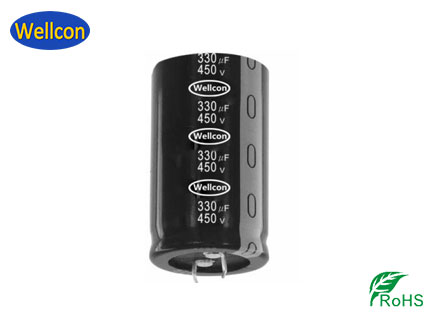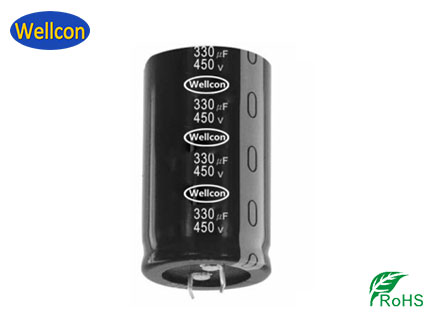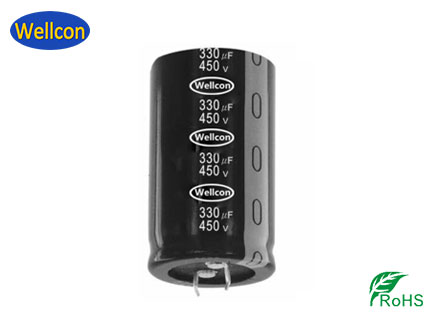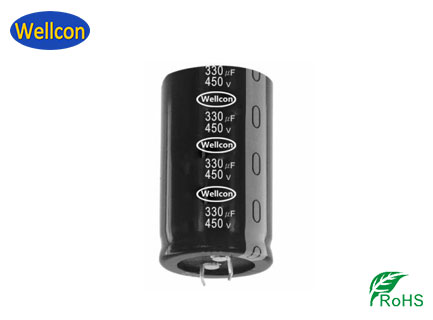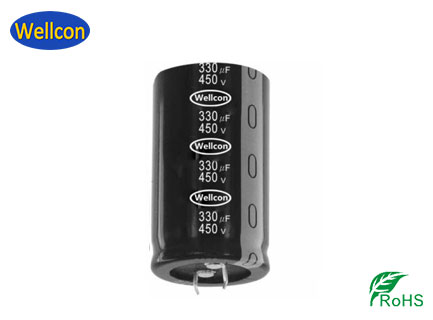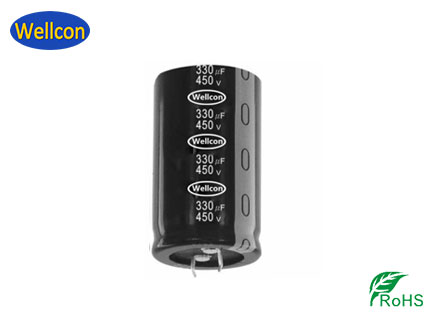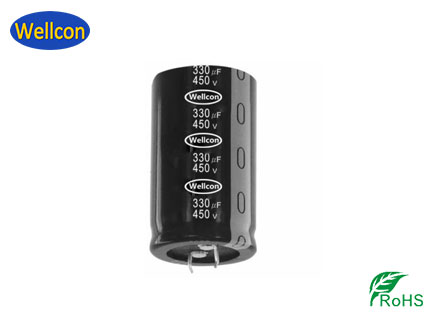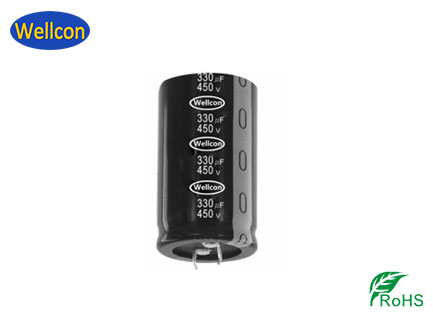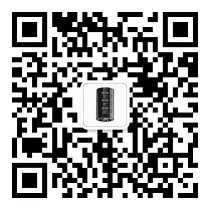联系美日
咨询热线:
18998946834(微信同号)
传真:
QQ:
776825030(主动器件)
地址:
广东省江门市蓬江区杜阮万洋众创城3栋
二极管真假太多,如何区分?
文章作者:本站发布时间:2018-11-2 14:07:31浏览次数:
Through market research, it is not difficult to find that fake refurbished diodes are purchased from time to time. Some illegal businesses use refurbished parts as brand-new devices or change printing, sell small chips as large chips, etc. The consequences are very serious. Here, the United States and Japan teach you how to distinguish between true and false diodes. Take Schottky diodes as an example:
First, look at the appearance:
1. Printing: Nowadays, Schottky diodes are laser printing. They have the characteristics of non-toxic, environmental protection, clear font and never wear out. It is suggested that they should not be used because of their high probability of renovation, toxicity and non-environmental protection.
2. Foot position: Standard device foot length is a certain standard, if the foot is too short, it may be secondary polishing, it is not recommended.
3. Tin plating: At present, there are two kinds of Schottky diodes: bright foot (home-made more) and pink foot (abroad more) each has its own advantages. Tin on bright feet is fast and stored for a long time. Tin on powder feet is very fast, but easy to oxidize. If the appearance has been oxidized, it is not recommended.
2. Testing:
1. Chip: Prevent from expanding by small size, size is intuitive performance.
2. Parameters: Regular manufacturers will provide parameters, the accuracy of test parameters is very important, is an intuitive manifestation of the quality of a product.
The detection method of Schottky diode is that two-terminal Schottky diode can be measured by multimeter R * 1. Normally, the positive resistance value (black pen positive pole) is 2.5~3.5_, and the input resistance value is infinite. If the positive and negative resistance values measured are infinite or close to 0, it means that the diode has been opened or broken down. Three-terminal Schottky diode should first measure its common end, distinguish whether it is a common-negative pair or a common-positive pair, and then measure the positive and reverse resistance values of the two diodes respectively.
First, look at the appearance:
1. Printing: Nowadays, Schottky diodes are laser printing. They have the characteristics of non-toxic, environmental protection, clear font and never wear out. It is suggested that they should not be used because of their high probability of renovation, toxicity and non-environmental protection.
2. Foot position: Standard device foot length is a certain standard, if the foot is too short, it may be secondary polishing, it is not recommended.
3. Tin plating: At present, there are two kinds of Schottky diodes: bright foot (home-made more) and pink foot (abroad more) each has its own advantages. Tin on bright feet is fast and stored for a long time. Tin on powder feet is very fast, but easy to oxidize. If the appearance has been oxidized, it is not recommended.
2. Testing:
1. Chip: Prevent from expanding by small size, size is intuitive performance.
2. Parameters: Regular manufacturers will provide parameters, the accuracy of test parameters is very important, is an intuitive manifestation of the quality of a product.
The detection method of Schottky diode is that two-terminal Schottky diode can be measured by multimeter R * 1. Normally, the positive resistance value (black pen positive pole) is 2.5~3.5_, and the input resistance value is infinite. If the positive and negative resistance values measured are infinite or close to 0, it means that the diode has been opened or broken down. Three-terminal Schottky diode should first measure its common end, distinguish whether it is a common-negative pair or a common-positive pair, and then measure the positive and reverse resistance values of the two diodes respectively.
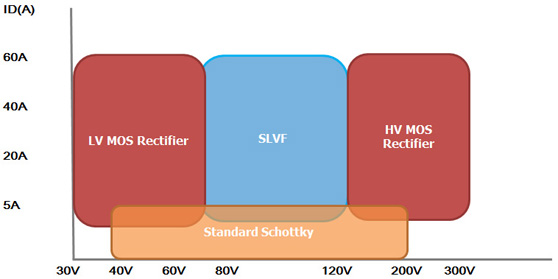
上一篇:没有了
下一篇:MOS管的应用范围在哪呢?

